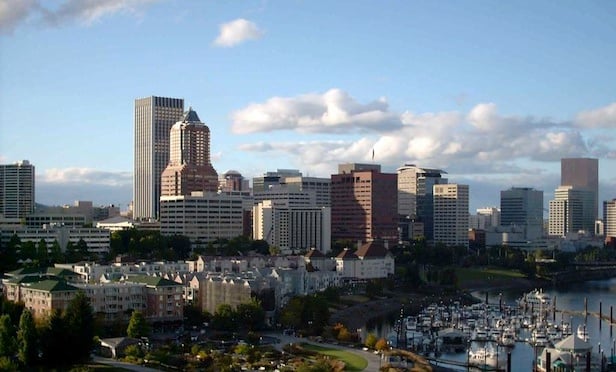IRVINE, CA—Many older office campuses were each created to serve the needs of a single large company. With firms reducing their footprints, many campuses will only survive if redeveloped, GlobeSt.com: How much has the fact that companies are trying to reduce their office footprints led to the sector's sluggish recovery? Muoio: That's one of the factors. But the most influential factor has been that office job growth in most, but not all, metros has been really weak, and it's taking a long time to generate any demand at all in many markets. On top of that, you have the headwind of companies trying to squeeze more workers into smaller spaces. Some of this is based on today's work styles: hoteling, working from home or remotely, no dedicated offices. They don't need as much space because of that. Also, technology has affected space usage because there's no need for file cabinets with so much information being digitized and in the cloud. And then there's the broad trend of moving from enclosed offices to cubicles to shared work areas. So, the slow recovery is due to many factors, including the slow economic recovery and not many offices being created. GlobeSt.com: Do you anticipate that office deliveries will slow as the cycle continues to mature? Muoio: No. We are already in what I refer to as a real trough of supply. Our expectation is that we will get a little supply over the next few years, but demand hasn't been very robust. We've been adding a little bit of space, but it's almost enough to offset the little demand we've had. We expect demand to be picking up over the next few years as the market gets stronger, but we're not expecting office supply to go further down from here. Also, as I mentioned earlier, this is a very market specific recovery. It's very much a haves and have-nots situation. Markets like New York, Austin and San Jose have had demand because of strong job growth, and rents are growing there, but in other markets job growth has been lethargic, and we're not seeing a lot of development activity in those markets. GlobeSt.com: What do you believe will happen with suburban office space as the urbanization trend continues to grow in the office sector? Muoio: A lot of it will have to be redeveloped in one way or another because it's not really suitable for the types of office demands we're seeing today. Urban markets are where workers want to be. You need to be in a cool office space in a downtown area to attract Millennials. A lot of these suburban office buildings were built on the campus of one big company, but that's not the model anymore. We have to think of something new to do with them. GlobeSt.com: What else should our readers know about the office market from a national perspective? Muoio: There really isn't a national office story. It's very market driven, and there are some very strong markets and some weak markets. There really isn't a good national perspective because there's so much variation by market.Recommended For You
© 2025 ALM Global, LLC, All Rights Reserved. Request academic re-use from www.copyright.com. All other uses, submit a request to [email protected]. For more information visit Asset & Logo Licensing.






